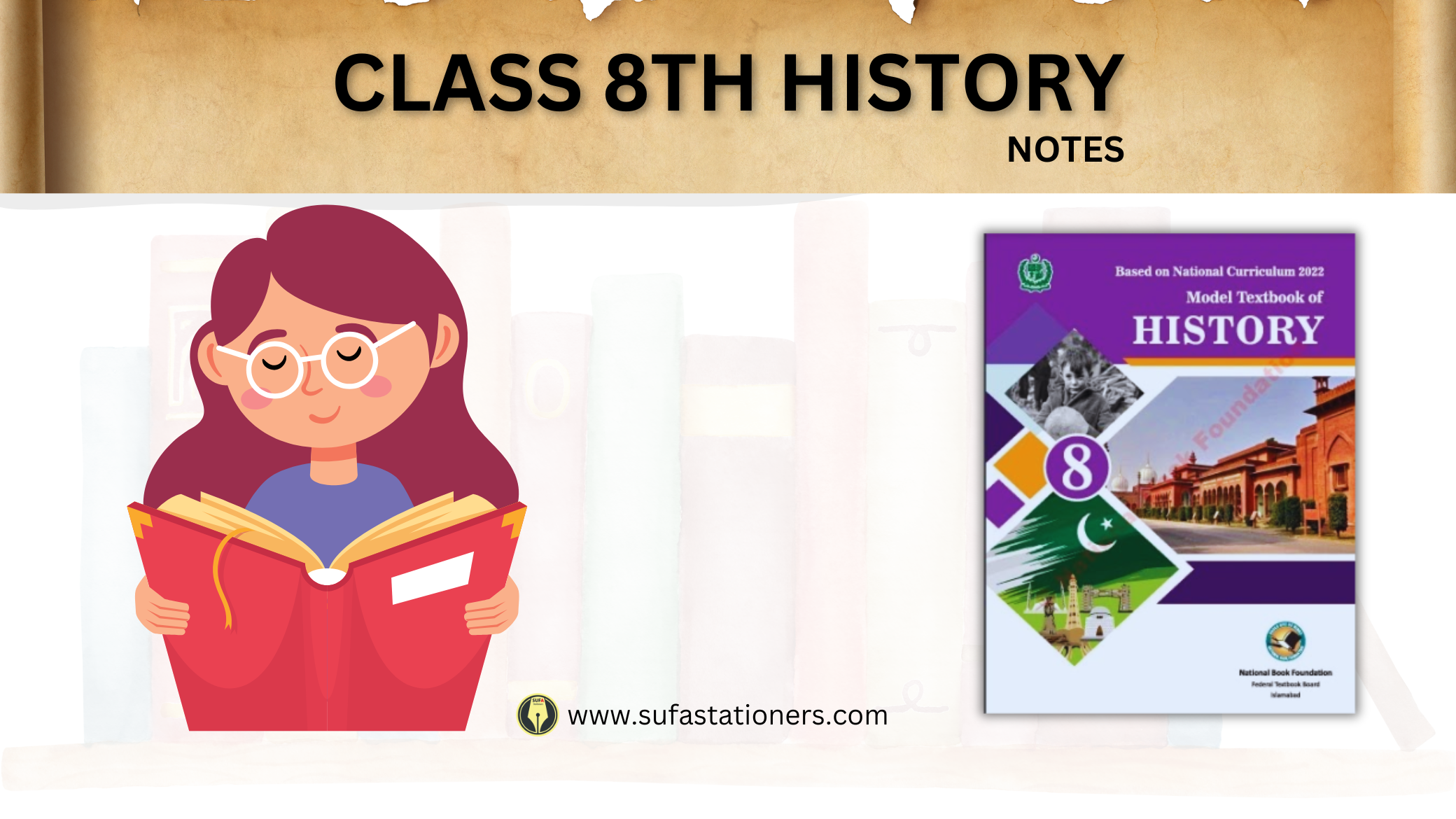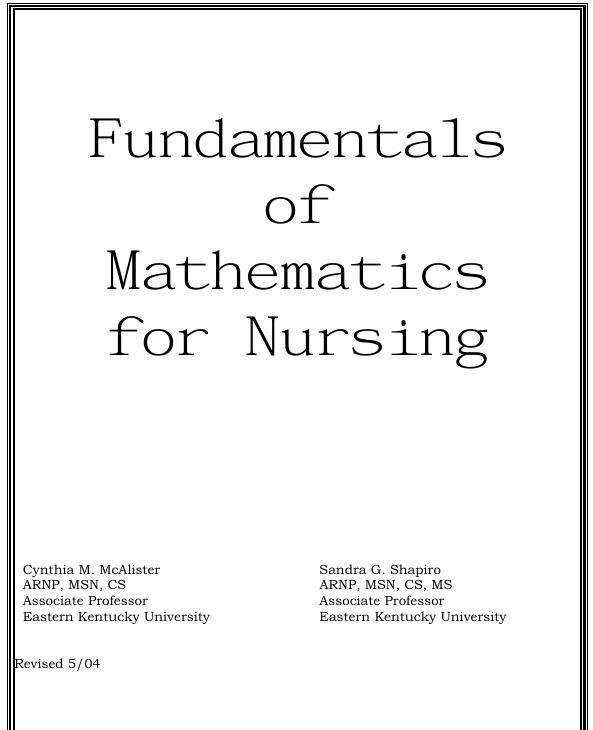Class 8 History Notes | Unit No: 2
When studying the history of the subcontinent, it’s essential for students of Class 8 to delve into the pivotal Reform Movements in India. Chapter 2 of the Grade 8 History syllabus focuses on these movements and how they shaped the socio-political landscape of the time. Understanding these reform movements provides students with insight into the resistance against colonial powers and the efforts to revive cultural, religious, and societal norms.
In this article, we will explore the key aspects of Class 8 history notes for Chapter 2: Reform Movements in India, simplifying complex historical events and making them easier to grasp. These notes are designed to help students comprehend the motives, impacts, and contributions of key historical figures and movements.
Class 8 history notes | Key Reform Movements in India
The Reform Movements in India were critical in addressing the decline of socio-religious systems and uplifting marginalized communities. These movements arose in response to the oppressive British rule and the degrading influence of foreign powers. Let’s look at some of the notable reform movements that played a key role in this chapter.
1. The Role of Shah Waliullah
One of the most influential scholars in the history of India is Shah Waliullah. His contributions were aimed at uniting the Muslim community to counter the Maratha threat. His approach was political as well as religious, aiming to revive Islamic teachings and practices.
Shah Waliullah’s efforts included:
- Writing to Muslim nobles to join forces against the growing influence of the Marathas.
- Inviting Ahmed Shah Abdali to intervene and help the Mughal Empire counter the Maratha threat.
- Restoring Muslim unity during a time when their influence was waning in India.
These steps were pivotal in preventing further fragmentation of the Muslim community during the 18th century.
2. The Faraizi Movement
The Faraizi Movement was launched by Haji Shariatullah in Bengal and aimed at purifying Islamic practices by eliminating Hindu influences. The movement had far-reaching effects, particularly on the socio-religious lives of Muslims in East Bengal.
The objectives of the Faraizi Movement included:
- Returning Muslims to their core Islamic duties known as Faraiz.
- Purging Islam of any practices that had crept in due to Hindu influences.
- Empowering the Muslim community of Bengal, who were being exploited by both British rulers and Hindu landlords.
The impact of the Faraizi Movement was substantial, leading to the religious and political revival of the Muslim community in Bengal.
3. Brahmo Samajh
The Brahmo Samajh was founded in Calcutta by Raja Ram Mohan Roy. This movement aimed at reforming Hinduism by opposing the practices of polytheism and idolatry. The key goals of the Brahmo Samajh included:
- Eliminating the caste system and fighting against superstitious practices.
- Promoting the idea of a single God.
- Encouraging social reforms, especially those concerning the oppression of women.
Raja Ram Mohan Roy’s efforts played a significant role in modernizing Hindu society and laying the groundwork for future reformers.
4. Aligarh Movement
The Aligarh Movement, initiated by Sir Syed Ahmed Khan, was perhaps one of the most important reform movements for Muslims during British rule. This movement sought to bridge the gap between Muslims and the British rulers by promoting Western education among Muslims.
Key objectives of the Aligarh Movement:
- Improving Muslim-British relations.
- Encouraging Muslims to pursue Western-style education to secure government jobs.
- Raising political awareness among Muslims and protecting their rights.
This movement had a lasting impact on the Muslim society in India, leading to the establishment of educational institutions and helping Muslims secure economic and political opportunities.
Class 8 History Notes | Unit No: 2
Socio-Religious Reformers and Their Contributions
Several socio-religious reformers contributed significantly to these movements, and their efforts were pivotal in uplifting their communities and bringing about much-needed changes.
1. Sheikh Ahmed Sarhindi
Sheikh Ahmed Sarhindi, also known as Mujaddid Alf Sani, fought to preserve Islamic teachings during a time when Akbar’s Deen-e-Ilahi threatened the purity of Islam. He played a significant role in promoting Islamic education and wrote extensively on the importance of following true Islamic practices.
2. Swami Dayananda Saraswati and Arya Samajh
The Arya Samajh, founded by Swami Dayananda Saraswati, was a Hindu revivalist movement that opposed idol worship and the caste system. The movement sought to return to the teachings of the Vedas and improve the spiritual and physical well-being of society.
The movement’s impact was profound, influencing other reformers to challenge regressive social practices and fight for the rights of the underprivileged.
3. Syed Ahmed Barelvi
Syed Ahmed Barelvi was a visionary who led the Jihad Movement against the oppressive rule of the Sikhs and British. He fought to protect the rights of Muslims in Punjab and the North-West Frontier Province (NWFP), sacrificing his life for the cause of Islamic freedom.
Enhanced Learning
To gain a better understanding of the historical context of these movements, students can explore related chapters and topics that provide a deeper insight into the social and political changes of the time. You can check out our Class 8 History Notes for additional resources that cover topics like the War of Independence 1857 and the Decline of the Mughal Empire.
Additionally, for students looking to strengthen their grasp on other subjects, refer to our 8th Class Maths Notes. These comprehensive notes will assist you in excelling across different subjects while preparing for your exams.
Conclusion
The reform movements discussed in Grade 8 History – Chapter 2 played an essential role in shaping the modern subcontinent. The contributions of figures like Shah Waliullah, Sir Syed Ahmed Khan, Haji Shariatullah, and Raja Ram Mohan Roy continue to inspire generations to this day. These movements not only fought against colonial oppression but also addressed the internal issues of society, such as caste discrimination, religious corruption, and the marginalization of women.
By studying these Class 8 History Notes, students can gain valuable insights into the socio-religious transformations that occurred during British rule and understand the key elements that led to the revival of Islamic and Hindu practices.
For further exploration of historical events and reformers, don’t forget to visit our Class 8 History Notes, and explore other resources that will help you excel in your studies.







